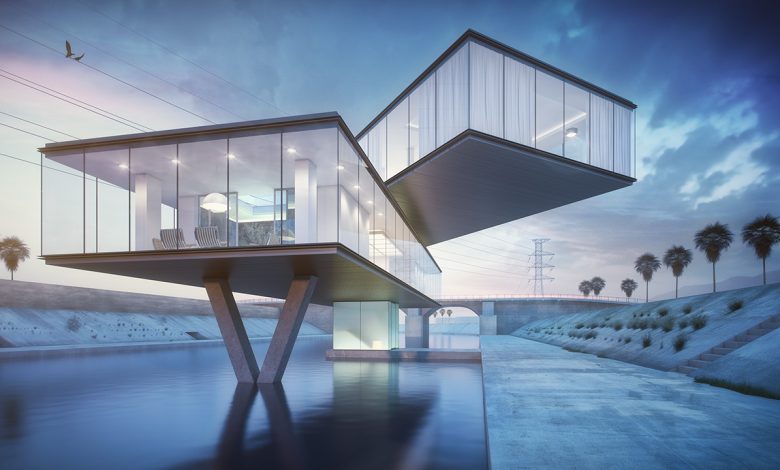
In the ever-evolving world of architectural design, 3D visualization stands out as a groundbreaking advancement. Gone are the days when architects and clients had to rely solely on 2D drawings and one’s imagination to visualize a space. With the modern marvel of 3D rendering, both the creation and comprehension of architectural objects, be it interior or exterior, have been revolutionized.
A Leap Beyond Traditional Blueprints
Traditionally, blueprints and sketches provided a linear perspective of architectural designs. While they’ve always been vital tools for architects, they often fell short in conveying the depth, texture, and spatial orientation of a design. Enter 3D rendering. 3D visualization not only brings a design to life by adding depth and dimension but also gives an almost real-life representation of what the final object would look like.
Architectural Design Services in New York
Delving into the Details
- Precision & Realism: 3D visualization offers unparalleled accuracy. The meticulous detail that goes into a 3D rendered image or animation ensures every element, from the texture of a wall to the play of light in a room, is captured with precision. This level of realism is invaluable both for architects, ensuring their design is sound, and for clients, giving them a genuine feel of the final outcome.
- Flexibility & Adaptability: Changes, big or small, are an inevitable part of the design process. With 3D visualization, these changes can be incorporated and visualized in real-time. This dynamism not only saves time and resources but also provides room for experimentation without any major repercussions.
- Enhanced Communication: A picture is worth a thousand words. Rather than relying on verbal explanations or 2D sketches, architects can now present clients with a tangible, vivid representation of their vision. This not only bridges any communication gap but also ensures that the client and architect are on the same page.
The Impact on Client Decisions
For clients, investing in a property or a design is a significant commitment. Understandably, they wish to be entirely sure before making any decisions. 3D visualization aids this decision-making process immensely. By giving clients a virtual tour or a realistic image of the space, it offers them clarity, assurance, and the confidence to move forward.
Moreover, 3D visualizations can also serve as an impressive marketing tool. Real estate developers, for instance, can leverage these visualizations to give potential buyers an immersive experience of properties even before construction begins.
Sustainability & Eco-conscious Design
One of the often-overlooked advantages of 3D visualization is its contribution to sustainable design practices. By visualizing a space in 3D, architects can anticipate potential challenges related to energy usage, lighting, and ventilation. This foresight allows for modifications in the design phase, leading to more energy-efficient and eco-friendly constructions.
The Future of 3D Visualization
As technology continues to progress, the capabilities of 3D visualization are bound to expand. Virtual Reality (VR) and Augmented Reality (AR) are already beginning to merge with 3D visualization, offering even more immersive experiences. Imagine walking through a virtual representation of your dream home or office, making real-time changes to the décor, or even interacting with the space. This is not science fiction but the very future of architectural design.
In conclusion, 3D visualization of architectural objects has not only enhanced the way designs are created and presented but has fundamentally transformed the relationship between architects and clients. With tools like 3D rendering, the realm of possibilities is vast, opening doors to creativity, precision, and efficiency like never before. As we stand on the cusp of further technological innovations, one thing is clear – 3D visualization is here to stay, and its impact on the architectural world will only grow deeper.




